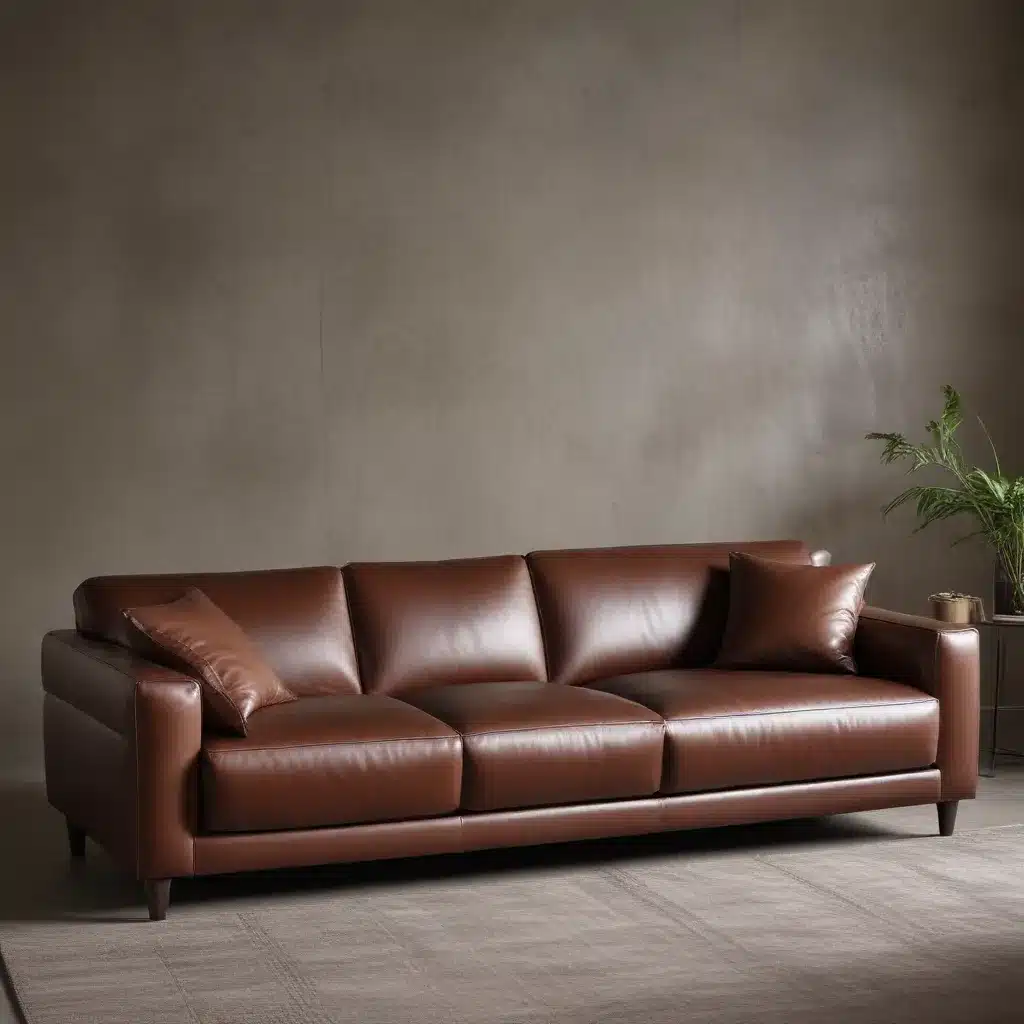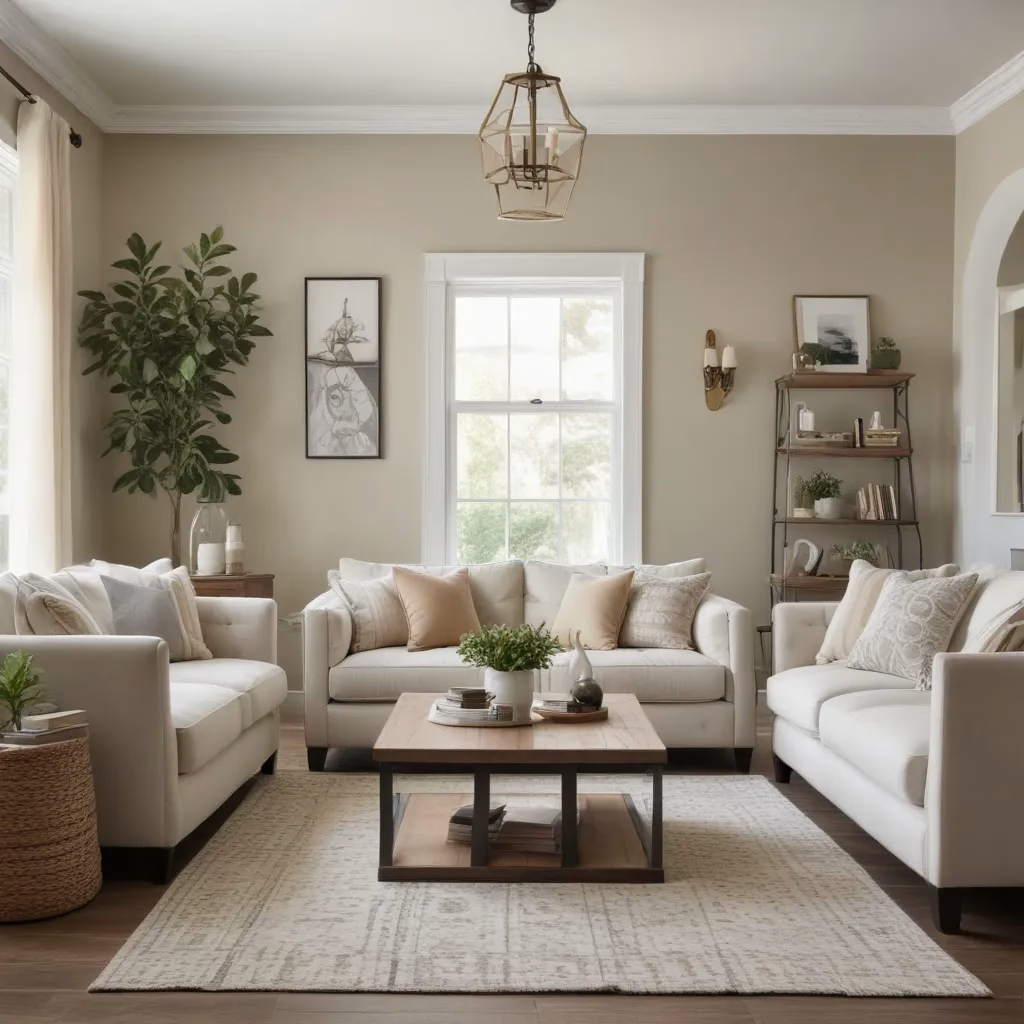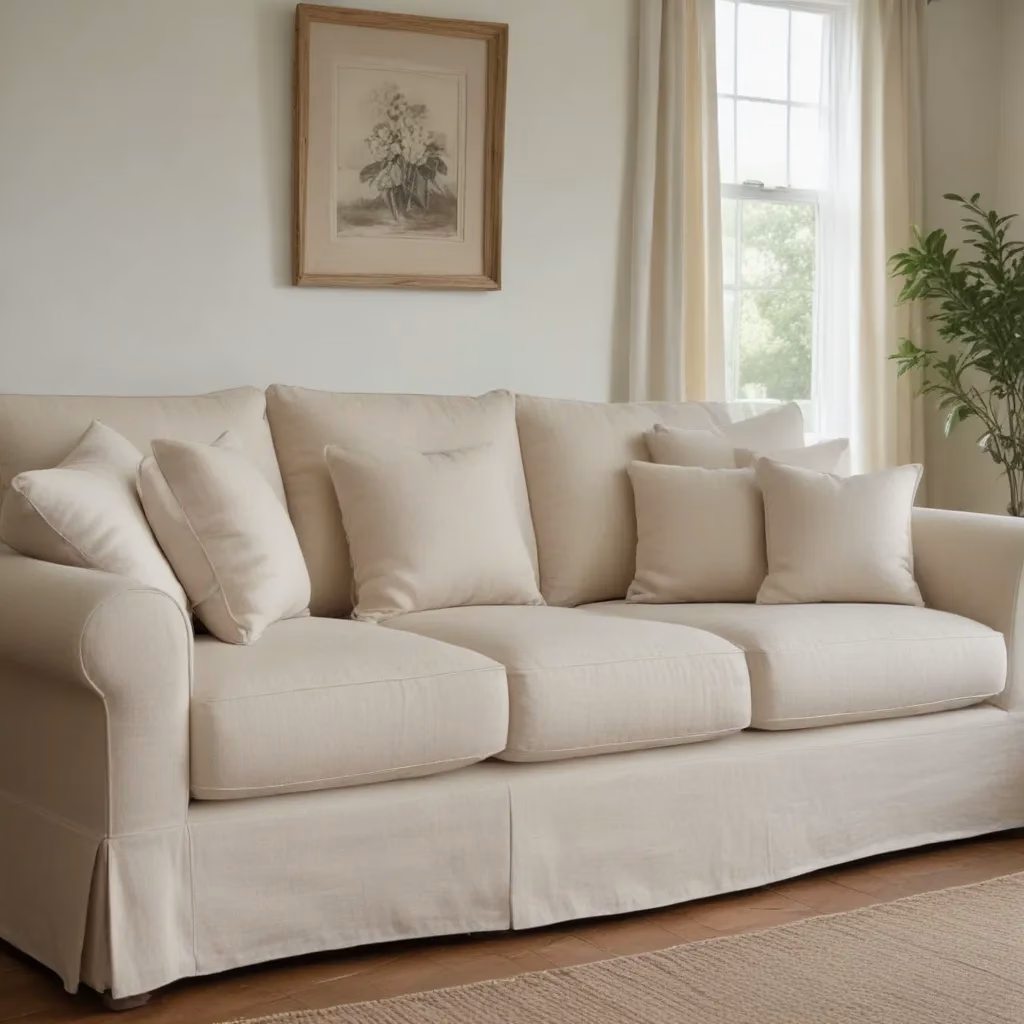
The Enduring Appeal of Leather Sofas
As a furniture specialist with over two decades of experience, I’ve seen trends come and go, but one constant remains: the timeless allure of leather sofas. These pieces aren’t just furniture; they’re a statement, a commitment to quality, and an investment in comfort that spans generations.
When I first started in this industry, I remember being struck by the way a well-crafted leather sofa could transform a room. It wasn’t just about the look—though that was certainly impressive—it was the way people interacted with these pieces. Clients would sit down and immediately relax, as if the sofa itself was inviting them to unwind.
Over the years, I’ve come to appreciate the unique characteristics that make leather sofas so special. The material itself is incredibly durable, often lasting for decades with proper care. It’s resistant to spills and stains, making it an excellent choice for families or those who love to entertain. And perhaps most importantly, leather develops a beautiful patina over time, becoming more attractive and comfortable with each passing year.
But what really sets leather sofas apart is their versatility. I’ve seen them work beautifully in a wide range of interiors, from sleek modern apartments to cozy country homes. They have a chameleon-like ability to adapt to their surroundings, complementing both contemporary and traditional decor with equal ease.
Choosing the Right Leather for Your Sofa
When it comes to selecting a leather sofa, the type of leather used is crucial. As someone who’s guided countless clients through this process, I can’t stress enough how important it is to understand the different options available.
Full-Grain Leather
Full-grain leather is the crème de la crème of upholstery materials. It’s made from the top layer of the hide and includes all the natural grain, making it the strongest and most durable option. I always tell my clients that if they’re looking for a sofa that will last a lifetime, full-grain leather is the way to go.
What I love most about full-grain leather is its ability to develop a gorgeous patina over time. Each scratch, scuff, and mark tells a story, creating a unique piece that becomes more beautiful with age. It’s perfect for those who appreciate the natural beauty of leather and don’t mind the occasional imperfection.
Top-Grain Leather
Top-grain leather is another excellent choice for sofas. It’s slightly less durable than full-grain but still offers exceptional quality. The top layer of the hide is sanded down to remove imperfections, resulting in a more uniform appearance.
In my experience, top-grain leather is an ideal middle ground for many homeowners. It’s more resistant to stains than full-grain leather, making it a practical choice for families with young children or pets. Plus, it’s often more affordable, allowing you to enjoy the luxury of leather without breaking the bank.
Split-Grain Leather
Split-grain leather comes from the lower layers of the hide. It’s less durable than full-grain or top-grain leather but can be a good option for those on a tighter budget. I often recommend split-grain leather for accent pieces or in rooms that see less frequent use.
One thing to keep in mind with split-grain leather is that it may not develop the same rich patina as higher-quality leathers. However, it can still provide the look and feel of leather at a more accessible price point.
The Comfort Factor: Why Leather Sofas Excel
Comfort is king when it comes to sofas, and leather excels in this department. I’ve had clients who were initially skeptical about leather comfort, worried it might be too stiff or cold. But time and time again, they’re pleasantly surprised by how cozy a well-made leather sofa can be.
Temperature Regulation
One of the most unique aspects of leather is its ability to regulate temperature. It warms up quickly to body heat in cooler weather, providing a snug and inviting seat. In warmer months, it remains cool to the touch, making it a comfortable option year-round.
I always advise my clients to consider this when choosing between leather and fabric upholstery. While fabric can sometimes trap heat, leading to discomfort in summer, leather maintains a more consistent temperature.
Softness and Support
Quality leather sofas offer an excellent balance of softness and support. The material molds to your body over time, creating a custom fit that’s hard to replicate with other materials. I’ve had clients describe it as “sitting in a perfectly broken-in baseball glove”—soft and supple, yet supportive.
Allergen Resistance
For those with allergies, leather sofas can be a godsend. Unlike fabric upholstery, leather doesn’t harbor dust mites, pet dander, or other common allergens. A quick wipe-down is usually all it takes to keep a leather sofa clean and allergen-free.
I’ve worked with numerous clients who have switched to leather sofas specifically for this reason, and the difference in their quality of life has been remarkable. It’s just one more way that leather sofas can contribute to a healthier, more comfortable home environment.
Maintaining Your Leather Sofa
Proper maintenance is key to ensuring your leather sofa stands the test of time. Over the years, I’ve developed a simple care routine that I share with all my clients:
-
Regular Dusting: Use a soft, dry cloth to remove dust and debris weekly. This prevents particles from settling into the leather and causing abrasions.
-
Vacuum: Every month, use the soft brush attachment of your vacuum to clean the crevices and seams of your sofa. This removes any hidden dirt or crumbs that might otherwise lead to wear and tear.
-
Conditioning: Apply a high-quality leather conditioner every 6-12 months. This keeps the leather supple and prevents cracking. Be sure to test the conditioner on an inconspicuous area first.
-
Spill Response: Act quickly if spills occur. Blot (don’t rub) the spill with a clean, dry cloth. For tougher stains, use a leather cleaner specifically designed for your type of leather.
-
Avoid Direct Sunlight: Position your leather sofa away from direct sunlight to prevent fading and drying.
By following these simple steps, you can keep your leather sofa looking beautiful for years to come. I’ve seen sofas that are decades old still looking fantastic thanks to diligent care from their owners.
Designing with Leather Sofas
Incorporating a leather sofa into your interior design can elevate the entire room. Throughout my career, I’ve seen leather sofas work wonders in a variety of settings. Here are some tips I often share with my clients:
Color Considerations
While brown and black are classic choices, don’t be afraid to explore other colors. I’ve seen stunning leather sofas in rich burgundies, deep greens, and even bold blues. The key is to choose a color that complements your existing decor while also making a statement.
For a cohesive look, consider pulling colors from your leather sofa into other elements of the room. For example, if you have a cognac leather sofa, you might incorporate similar warm tones in your throw pillows or area rug.
Mixing Materials
One of my favorite design strategies is to mix leather with other textures. A leather sofa paired with a plush wool rug creates a beautiful contrast of textures. Similarly, adding fabric throw pillows to a leather sofa can soften its appearance and add visual interest.
I often encourage my clients to think beyond the sofa when incorporating leather into their design. A leather ottoman or armchair can complement a fabric sofa beautifully, adding a touch of luxury without overwhelming the space.
Scale and Proportion
When choosing a leather sofa, it’s crucial to consider the scale of your room. A large sectional might be perfect for a spacious living room, but could overwhelm a smaller space. I always recommend measuring your room and creating a floor plan before making a purchase.
Remember, too, that leather sofas often have a substantial presence. In smaller rooms, you might want to balance this with lighter, more delicate pieces to create a sense of airiness.
The Environmental Impact of Leather Sofas
As our understanding of environmental issues has grown, so too has the interest in sustainable furniture options. Leather sofas, when sourced responsibly, can be an environmentally friendly choice.
Longevity and Sustainability
One of the most significant environmental benefits of leather sofas is their longevity. A well-made leather sofa can last for decades, reducing the need for frequent replacements. This longevity means fewer resources are used over time compared to lower-quality furniture that needs to be replaced more often.
I always encourage my clients to think of their leather sofa as an investment not just in their home, but in the environment. By choosing a piece that will last, they’re reducing their overall consumption and waste.
Eco-Friendly Leather Options
In recent years, I’ve seen a growing trend towards more eco-friendly leather production methods. Vegetable-tanned leather, for example, uses natural tannins from plant matter instead of harsh chemicals. This process is not only better for the environment but often results in a richer, more natural-looking leather.
There are also exciting developments in the world of “vegan leather” or leather alternatives. While these materials don’t offer the same longevity as genuine leather, they can be a good option for those who prefer to avoid animal products altogether.
Responsible Sourcing
When advising clients on leather sofas, I always stress the importance of responsible sourcing. Look for manufacturers who are transparent about their sourcing practices and prioritize ethical treatment of animals. Many reputable companies now offer leather from certified sustainable sources, ensuring that your purchase aligns with your values.
The Future of Leather Sofas
As we look to the future, I’m excited about the innovations happening in the world of leather sofas. From new tanning processes that reduce environmental impact to smart features that enhance comfort and functionality, the leather sofa of tomorrow promises to be even more impressive than today’s offerings.
One trend I’m particularly excited about is the integration of technology into leather sofas. Imagine a sofa that can adjust its temperature based on the room’s climate, or one with built-in charging ports for your devices. These features are no longer science fiction—they’re becoming reality.
Another area of innovation is in leather alternatives. While traditional leather will always have its place, new materials are being developed that mimic the look and feel of leather while offering improved durability and easier maintenance. These could be game-changers for those who love the aesthetic of leather but have concerns about its care or environmental impact.
Ultimately, the enduring appeal of leather sofas lies in their perfect blend of form and function. They offer unparalleled comfort, timeless style, and exceptional durability. Whether you’re furnishing a cozy apartment or a sprawling estate, a well-chosen leather sofa can be the centerpiece that ties your entire design together.
As you consider your next furniture purchase, I encourage you to explore the world of leather sofas. Visit showrooms, test out different styles, and don’t hesitate to ask questions. And if you’re looking for expert guidance, consider reaching out to the team at Sofa Spectacular. With their wealth of experience and commitment to quality, they can help you find the perfect leather sofa to suit your needs and style.
Remember, choosing a sofa is about more than just picking a piece of furniture—it’s about creating a space where memories will be made for years to come. And with a beautiful, comfortable leather sofa as its centerpiece, your living room will be ready for whatever life brings your way.



